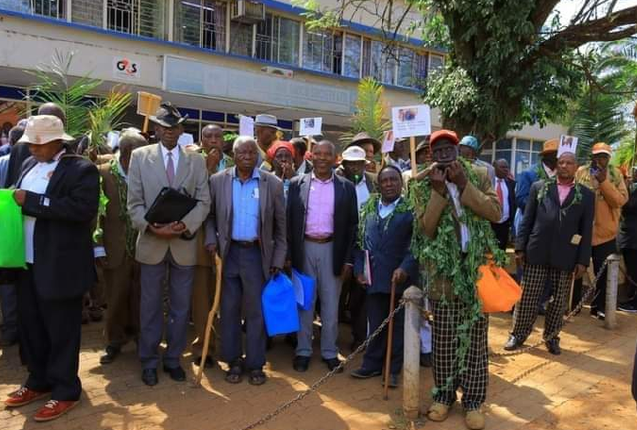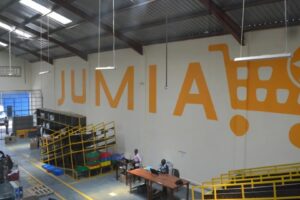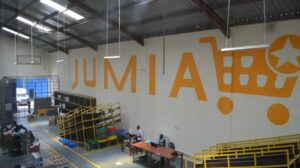In Kisii town, a growing sense of frustration and despair has pushed ageing members of the Gusii Mwalimu Investment Company Limited (Gumico) to take matters into their own hands.
On the 19th of every month, these retirees, many of them former teachers, have committed to staging protests outside the Sacco’s premises.
Their demands are clear, justice and accountability for the financial mismanagement that led to the loss of savings for over 8,200 members, a substancial proportion of whom are retirees.
The core issue stems from the mismanagement of funds, which led to a staggering financial loss, impacting thousands of teachers who had entrusted their savings to Gumico.
Founding members of the investment company, such as Thomas Mogire, now 78, and Martha Onsomu, 76, have been particularly vocal.
They, along with others, have tirelessly pursued legal recourse for years but have seen little progress.
Despite contributing a total of nearly Ksh 5 million toward legal fees, their efforts have remained fruitless.
This has left them feeling increasingly abandoned by the judicial system and disillusioned with the very structures designed to protect their interests.
The issue is a reflection of a broader challenge within Kenya’s cooperative societies and Saccos, which have a long history of providing essential financial services to specific communities, such as teachers and civil servants.
Gumico, part of the larger Gusii Mwalimu Sacco, was created in 1977 to serve the financial needs of its members, primarily teachers in Kisii and the surrounding areas.
As of recent reports, the Sacco has grown to encompass over 31,000 members, including not only teachers but also university lecturers, NGO employees, and civil servants.
However, this growth has been marred by internal governance issues that have left many of its members, particularly pensioners, vulnerable.
The plight of the ageing retirees represents more than just a financial issue, it is also a matter of dignity.
Many of these individuals had worked for decades, contributing to the Sacco with the belief that it would safeguard their financial future.
Now, in their retirement years, they are left protesting in the streets, demanding the justice they have been denied in the courts.
Their monthly demonstrations are a desperate attempt to bring attention to their cause, hoping that their persistence will finally bring about a resolution.
Despite the protests, resolving the situation remains challenging. Issues such as corruption, mismanagement, and delays in the judicial system have plagued similar cases in Kenya.
Furthermore, the financial mismanagement at Gumico has left many of the affected members financially strapped, unable to afford basic necessities, let alone continue funding a protracted legal battle.
They serve as a stark reminder of the need for improved regulatory oversight in Kenya’s cooperative sector.
While Saccos like Gusii Mwalimu play a crucial role in providing financial services to specific sectors, the lack of strong governance frameworks and accountability measures leaves them vulnerable to mismanagement.
In the case of Gumico, it is the most vulnerable members retirees who have suffered the most.
The ageing retirees, led by individuals like Thomas Mogire and Martha Onsomu, represent a growing chorus of discontent.
Their struggle is not just about recovering lost savings but also about ensuring that future generations of members are protected from similar financial harm.
Through their persistent monthly protests, they hope to not only recover their investments but also bring about meaningful reforms in the governance of cooperative societies in Kenya.





















Add Comment